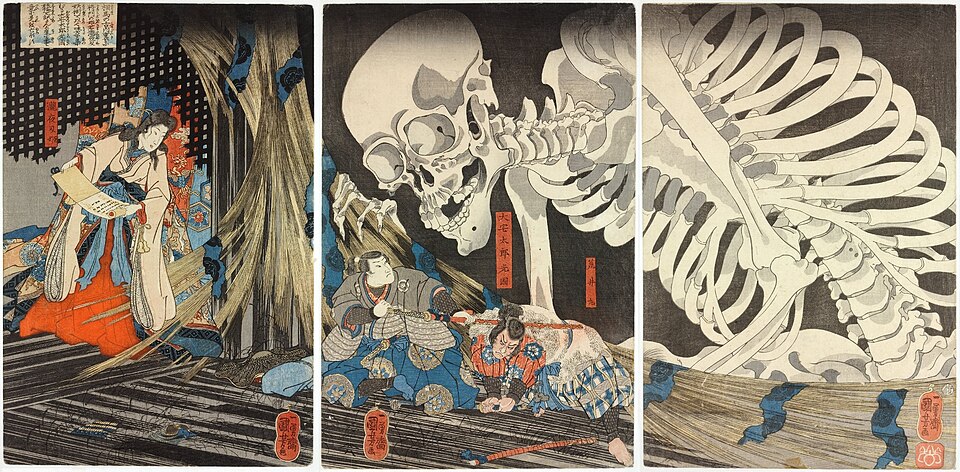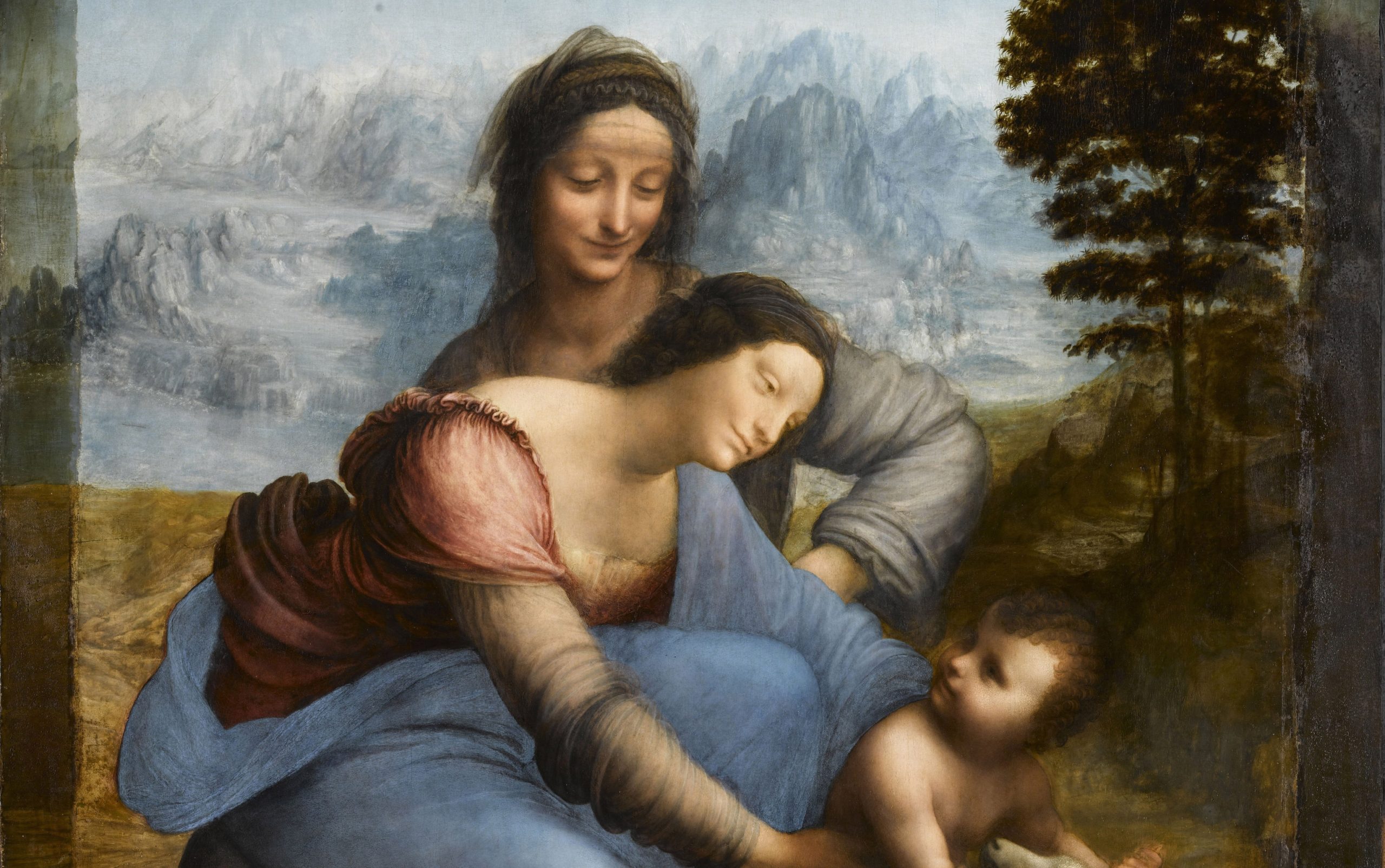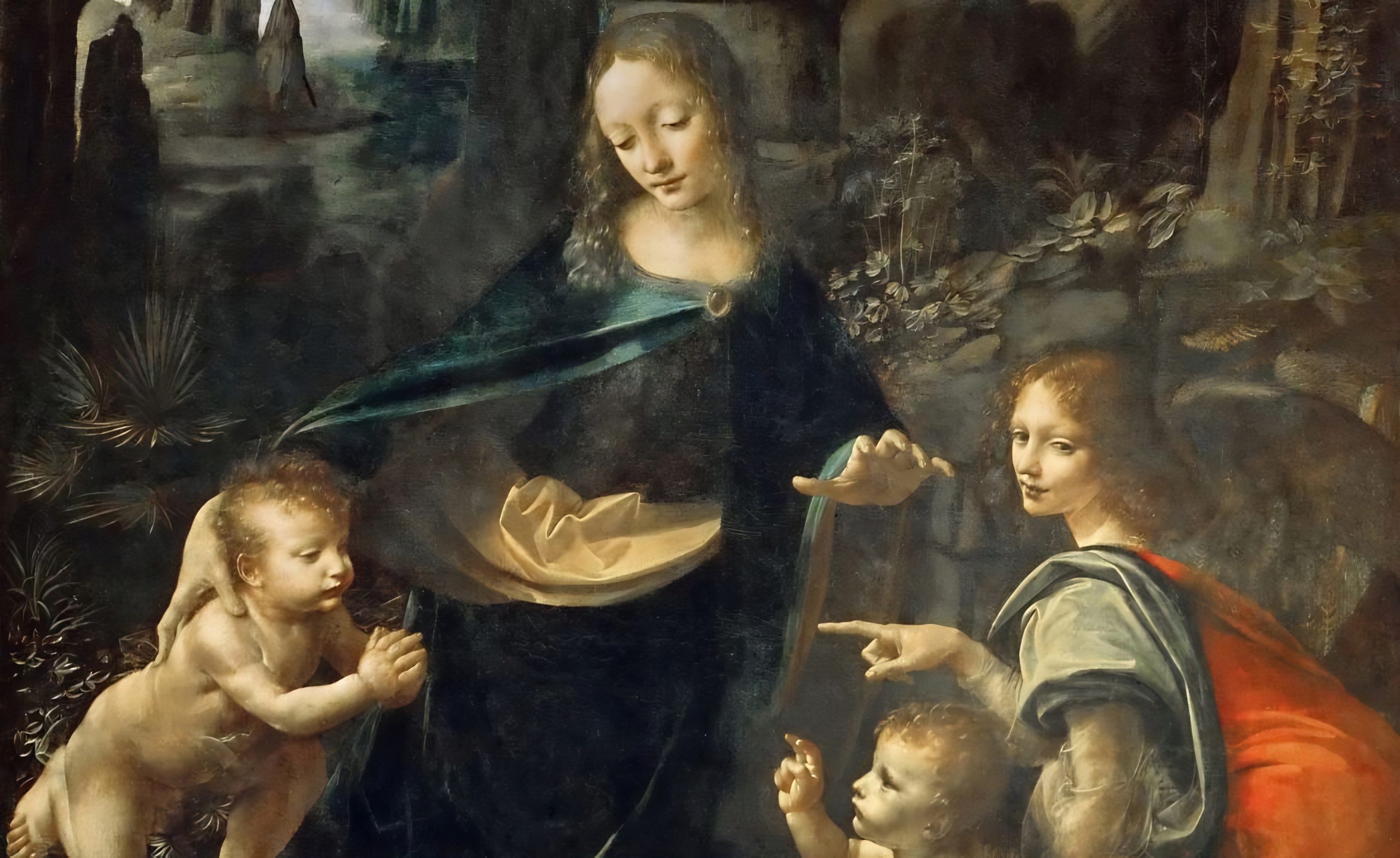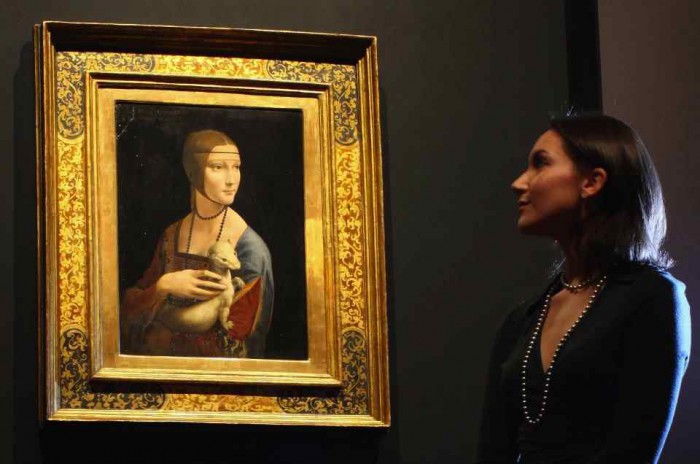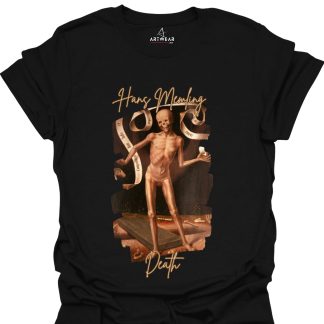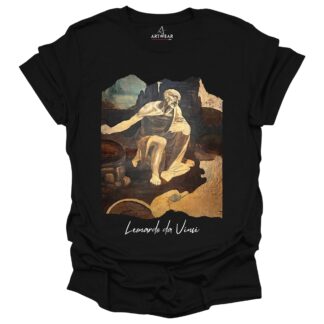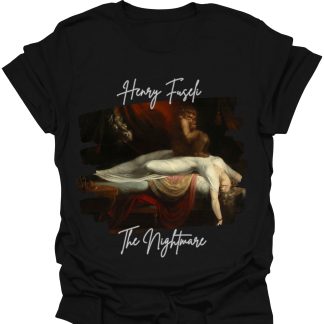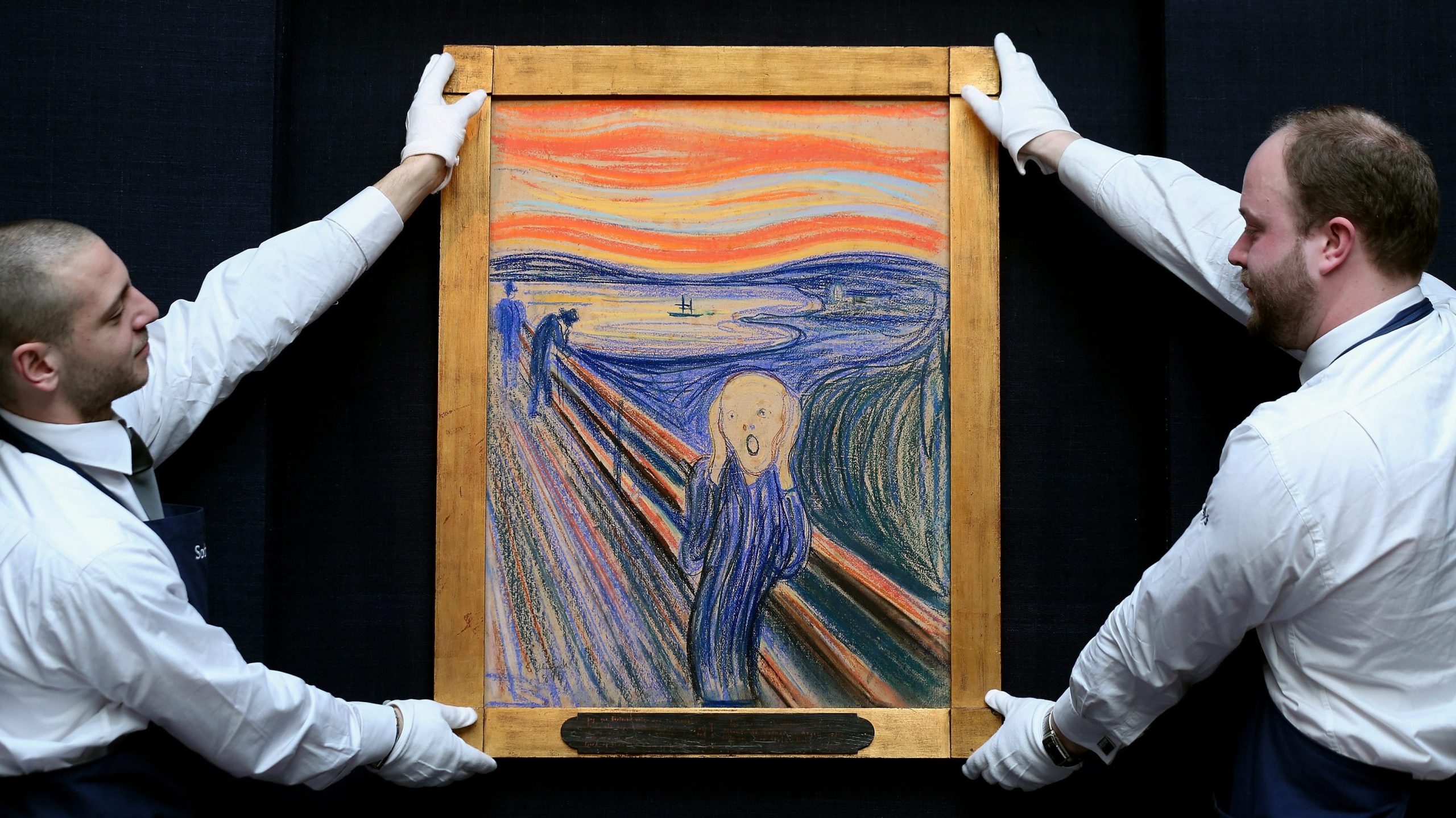
Edvard Munch’s The Scream is one of modern art’s most instantly recognizable images and a defining work of fin‑de‑siècle expressionism. Munch created the composition in 1893 as a visual record of a moment of intense psychological crisis he described in his diary, writing that while walking at sunset he felt “an infinite scream passing through nature” and painted the sky “as actual blood” to capture that sensation.
The picture centers on a foreground figure rendered with a skull‑like, androgynous face clutching its head on a bridge while two walking figures recede into the background and a blood‑red sky and swirling landscape press in from behind. The undulating lines that ripple through the sky and landscape act like shock waves, making the scene feel less like a portrait and more like a visible vibration of inner terror. Munch produced multiple versions of the motif using different media, including tempera and casein on cardboard and pastel on paper, and he also created a lithograph to reproduce the image more widely. He experimented with color and line to translate subjective feeling into paint, deliberately distorting form to prioritize emotional truth over naturalistic representation.
The Scream is widely read as an autobiographical statement about anxiety and existential dread and as a broader symbol of the alienation of modern life. Scholars have linked the painting’s vivid sky to external events such as the atmospheric effects of the Krakatoa eruption and to Munch’s personal traumas, including family illness and mental instability in his circle, while other readings emphasize its formal achievement in making inner experience legible as visual form.
The work became an immediate sensation, reproduced in contemporary periodicals and later canonized as an icon of modern art. It influenced the development of German Expressionism and has since entered global popular culture as a universal emblem of fear and anxiety. Munch executed several authenticated versions; important examples are held in Oslo’s National Museum and the Munch Museum, and one pastel version set a record price at auction in 2012.

